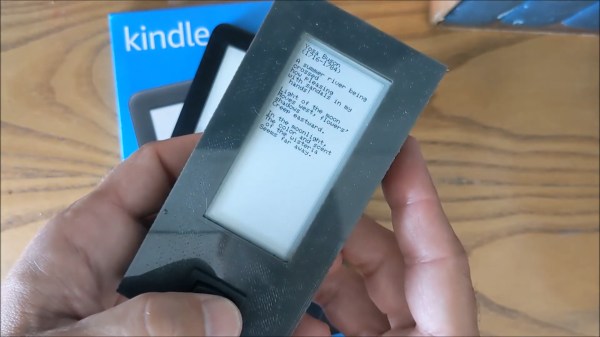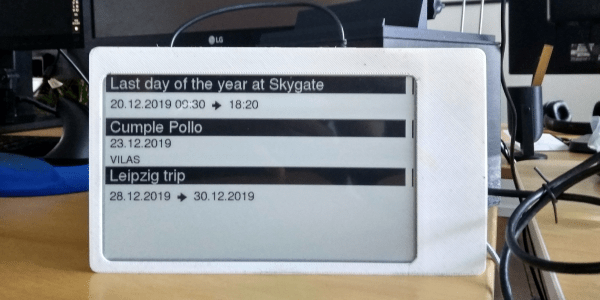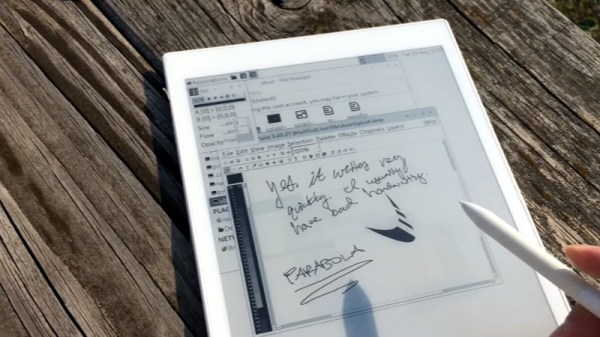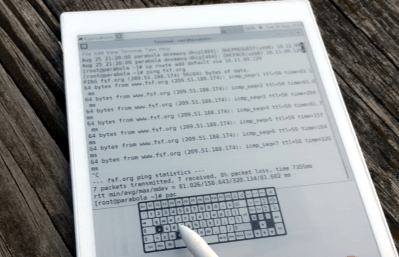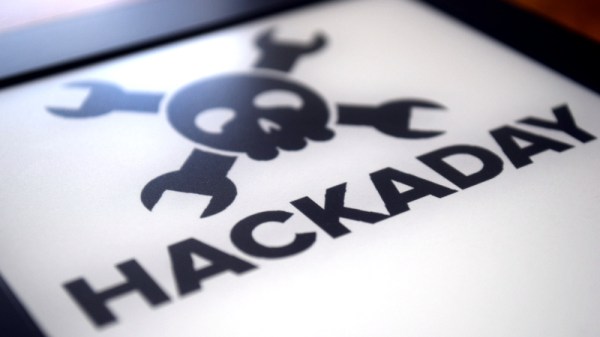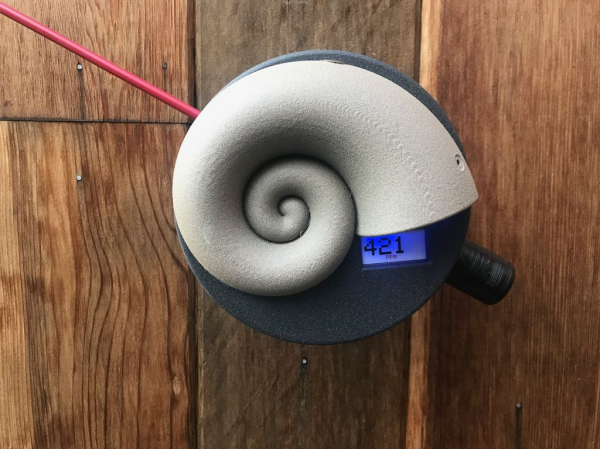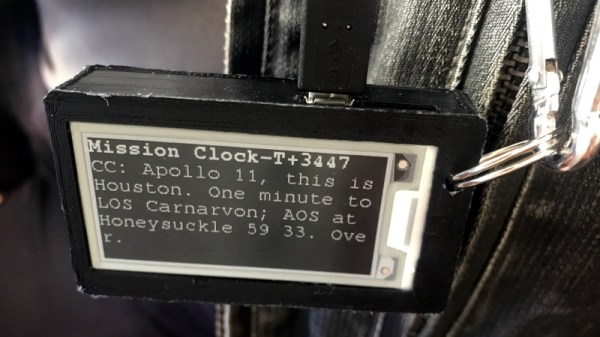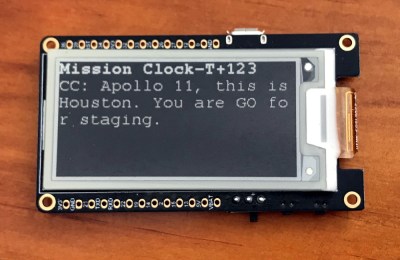E-ink displays haven’t revolutionized the world so much as served us humbly in e-book readers such as the Kindle and its ilk. Most such readers are designed for extended sessions reading novels and the like, but [Roni Bandini] decided a haiku-sized device was in order.
The diminutive device runs off an ESP32, which has plenty of clock cycles for easily driving displays. It’s paired with a 2.9 inch Waveshare e-ink display, upon which it delivers poetry in the popular Japanese haiku format – 5 syllables, 7 syllables, 5 syllables. Writing to the display is easy with the GxEPD library, which is compatible with a variety of common e-ink displays. Presently the poetry is hardcoded in the program, and there’s plenty that could be included with the ESP32’s roomy program storage. However, [Roni] notes it would be simple to have the reader pull poems from an SD card instead.
It’s a fun project, and a great way to get familiar with the basics of working with e-ink displays. We’d love to see a WiFi-enabled version that pulls down the hottest daily haikus fresh from the web, too. Funnily enough, our own archives only feature one other reference to the famous Japanese art, which has little to do with poetry. If you fancy changing that, make something relevant and drop us a line. Video after the break.

